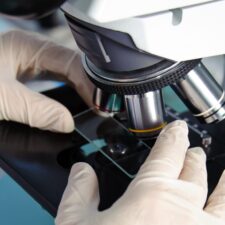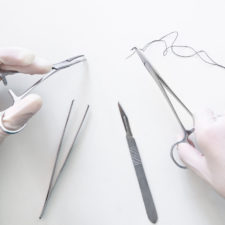Skin cancer, with its various forms, is a prevalent health concern affecting millions worldwide. When it comes to treating skin cancer, especially in delicate areas or cases requiring precision, Mohs […]
Read More
Mohs micrographic surgery is a specialized technique for removing skin cancer while preserving as much healthy tissue as possible. One common concern among patients undergoing Mohs surgery is whether their […]
Read More
Mohs surgery is a highly specialized procedure for treating skin cancer, particularly for cases with high-risk or difficult-to-treat tumors. If you’ve been scheduled for Mohs surgery, it’s essential to adequately […]
Read More
When it comes to battling skin cancer, precision is key. Mohs surgery, a highly specialized procedure named after its inventor Dr. Frederic E. Mohs, stands out as one of the […]
Read More
One of the treatments of several skin cancers, like basal cell carcinoma, is Mohs surgery. Mohs surgery involves removing the skin that contains the cancer cells. Then, a thin layer […]
Read More
When it comes to planning for your Mohs micrographic surgery, the recovery is just as important as the actual procedure for ensuring optimal results. To help you prepare for your […]
Read More
The time before Mohs micrographic surgery, as with any surgery, is important for ensuring a successful outcome. To know how you should prepare for your procedure, you will need to […]
Read More
Skin cancer is the most common type of cancer in the world. When it comes to treating the disease, Mohs micrographic surgery has the highest cure rate of any procedures […]
Read More
The topic of scarring, especially on the face or other highly visible places, is a common concern with skin procedures, no matter what stage of life a patient is in. […]
Read More
When Mohs surgery is performed to remove skin cancer, the last step of the procedure is typically closing the wound with a suture. This can be accomplished using different techniques, […]
Read More










